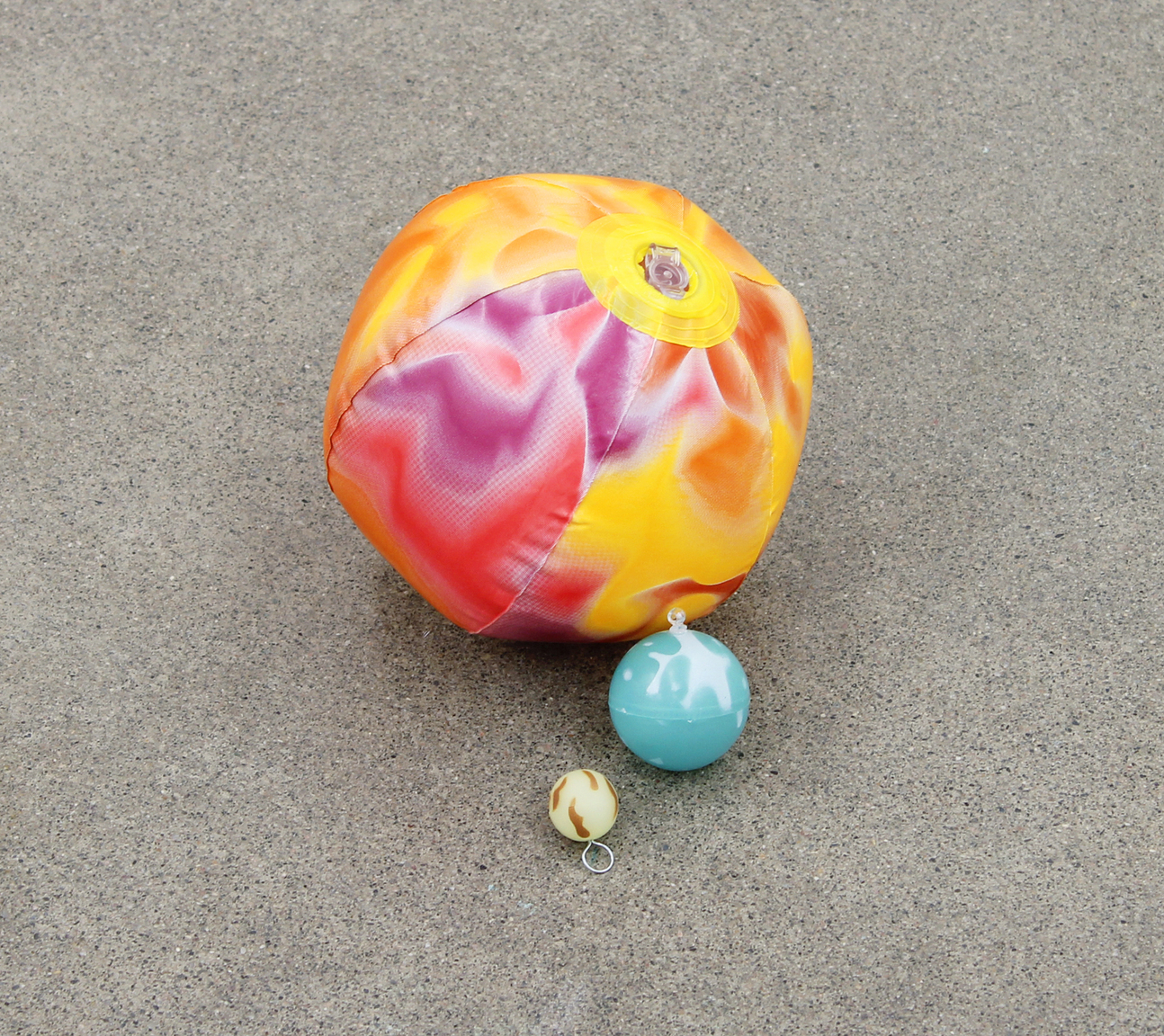Utstilling

Jessica MacMillan: Averted Vision
Through her sculptures and installations, Jessica MacMillan focuses on exploring the gap between daily life and the objects and scales of astronomy. ‘Averted Vision’ is a new installation that examines methods of perception by applying the logic of averted vision to an arrangement of found objects.
Ironically, when attempting to observe the most faint and distant deep-sky objects through a telescope, they can appear to blink in and out of existence entirely. Try to look directly at them, and they vanish. The trick to perceiving these dim objects is to look indirectly—just off to the left or right—using a technique called 'averted vision'. The idea is to concentrate on the target without looking directly at it.
This phenomenon exists because of two types of light-detecting cells in your retinas: cone cells and rod cells. The center of the retina is packed with cones, which are best at detecting color and fine detail. The rod cells are concentrated in a ring around the outside of the central group of cones, and are specially suited for sensing faint light in peripheral vision.
It’s because of this particular arrangement that by shifting your attention a few degrees to one side or the other allows the light to pass through the lens of your eye at a different angle, and more directly to the rod cells. In practice, the experience is strangely more like sensing than seeing.
Averted vision, as a technique, can be applied to other disciplines as well; it can be seen as a logic system in itself. If the object is dim, inaccessible, or imperceivably massive, search in the periphery.
Jessica MacMillan (b. 1987, New Hampshire, USA) lives and works in Oslo. This spring she is graduating from the MFA program at the Kunstakademiet, KHiO, and will be exhibiting in the upcoming MFA Avgangsutstillingen at Kunstnernes Hus, opening May 27th.